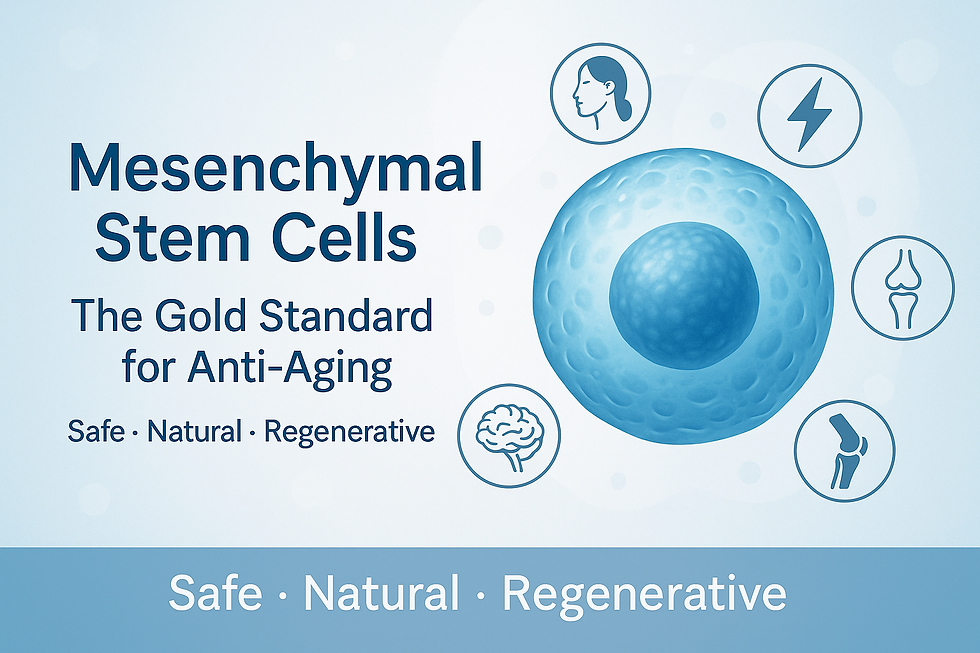Types of stem cell
- Revival Clinic Team

- Jul 8, 2024
- 2 min read

Our bodies are a marvel of nature, composed of an astonishing 37 trillion cells. What's truly fascinating is that each of these cells can trace its origins back to a single cell at the beginning of life. The magic behind this cellular diversity lies in the remarkable world of stem cells.
Stem cells possess two remarkable qualities:
They have the incredible ability to renew themselves over extended periods, producing more stem cells.
They can metamorphose into specialized cell types, like blood cells, muscle cells, or nerve cells.
There's no one-size-fits-all for stem cells; they come in various types, each with its own unique abilities and origins.Stem cells are versatile and can be found in nearly every organ of our bodies. They play a crucial role in replacing aging cells and repairing damage caused by injuries or illnesses. As stem cells transition into specialized cells, they maintain the same genetic code while adapting to distinct roles influenced by their surroundings.
Stem cell "potency" refers to their knack for becoming different cell types.
There are four potency categories:
Totipotent: Can transform into any cell, including placental cells.
Pluripotent: Can differentiate into multiple cell types but not placental cells.Pluripotent stem cells are traditionally sourced from human embryos, which raises ethical and legal concerns.
Multipotent: Capable of becoming a limited range of cell types, like hematopoietic stem cells that create blood cells.
Unipotent: Can regenerate themselves and transition into a specific cell type.
Induced pluripotent stem cells (iPSCs) : A promising alternative emerged in 2006 with the discovery of induced pluripotent stem cells (iPSCs). These cells are generated by transforming adult cells to mimic embryonic stem cells. One of the significant concerns with iPSCs is their potential to form tumors when transplanted into the body. This risk is associated with their pluripotent nature, as they can differentiate into a variety of cell types, including cancerous ones. Researchers are actively working on strategies to reduce this risk before iPSC-based therapies can be widely used.
In summary, stem cells are like nature's own superheroes, equipped with unique abilities to rejuvenate and adapt. They hold the potential for groundbreaking medical treatments, but navigating the intricacies of their use requires ongoing research and exploration.



Comments